Brush Up Summaries
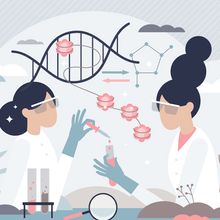
Epigenetics and Heritable Control of Gene Expression
Rebecca Roberts, PhD | Dec 18, 2024 | 7 min read
The epigenome regulates nearly every process in the human body. By studying epigenetics, scientists have revealed some secrets to aging, cancer, and complex diseases.
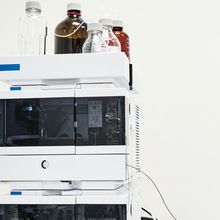
What Is Proteomics?
Sejal Davla, PhD | Dec 9, 2024 | 7 min read
Explore proteomics concepts, approaches, and data analysis.
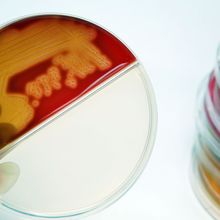
Exploring the Landscape of Bacterial Culture Media
Priyom Bose, PhD | Nov 15, 2024 | 10 min read
Culture media contain various components that promote and support bacterial growth and differentiation.

Gene Silencing with RNA Interference
Rebecca Roberts, PhD | Nov 11, 2024 | 5 min read
Gene knockdown using RNAi enables gene function studies, with applications from pest control to biotherapeutics.

Insights Into Protein Engineering: Methods and Applications
Priyom Bose, PhD | Oct 29, 2024 | 7 min read
Synthetic biologists modify naturally occurring amino acid sequences to engineer proteins and enzymes for specific applications.
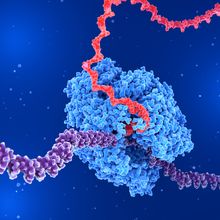
All About Alternative Splicing
Amielle Moreno, PhD | Sep 27, 2024 | 7 min read
Enhancing protein diversity and guiding cellular functions, alternative splicing is a key dimension of genetic regulation.

Harnessing Molecular Farming’s Potential
Priyom Bose, PhD | Sep 5, 2024 | 8 min read
Molecular farming is a promising technique that enables the production of biopharmaceuticals and other high value compounds in plants.

Introduction to Gene Ontology
Uzma Rentia | Aug 28, 2024 | 9 min read
Gene Ontology is an expanding knowledgebase that provides scientists with universal definitions to describe the functions of genes and their products.
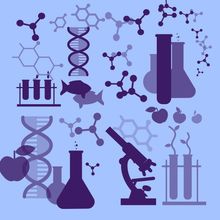
Multiomics Enables Integrated Biological Analysis
Rebecca Roberts, PhD | Aug 19, 2024 | 6 min read
Scientists use multiomics to explore the biological continuum from gene to phenotype, identifying complex molecular mechanisms and pathways.
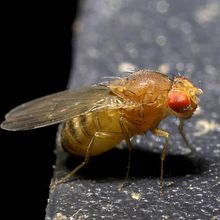
Small Model Organisms as Versatile Research Tools
Deanna MacNeil, PhD | Jul 26, 2024 | 5 min read
Flies, worms, and fish with rapid development and characterized genetics help scientists uncover fundamental and universal biological processes, and shape cutting-edge research across disciplines.

Luciferase: A Powerful Bioluminescent Research Tool
Priyom Bose, PhD | Jul 16, 2024 | 9 min read
Luciferase refers to a group of bioluminescence producing enzymes that enable researchers to study gene expression and regulation.
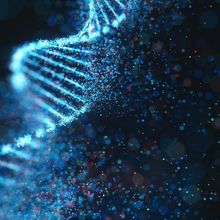
Synthetic Genomes: Rewriting the Blueprint of Life
Priyom Bose, PhD | Jul 15, 2024 | 8 min read
Scientists construct synthetic genomes using computational and genetic engineering strategies to better understand complex biological systems.
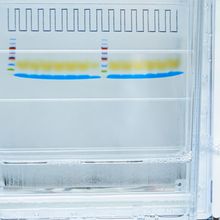
Western Blot Protocol, Troubleshooting, and Applications
Rebecca Roberts, PhD | Jul 3, 2024 | 7 min read
Western blotting allows scientists to identify specific proteins in complex biological samples and determine relative abundance of a protein target.
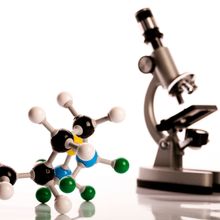
Atomic Force Microscopy to See the Invisible
Priyom Bose, PhD | Jun 24, 2024 | 8 min read
Atomic force microscopy (AFM) is a technique for visualizing a variety of samples, from single molecules to living cells, at ultrahigh resolution.
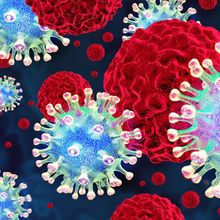
Introduction to Oncolytic Virotherapy
Amielle Moreno, PhD | Jun 13, 2024 | 8 min read
Oncolytic virotherapy selectively attacks tumors and triggers both immediate and long-lasting immune responses.
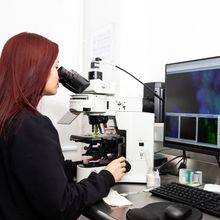
Tips and Tricks for In Situ Hybridization
Priyom Bose, PhD | Jun 11, 2024 | 8 min read
In situ hybridization is a powerful molecular technique for detecting and localizing specific nucleic acids in cytological samples.
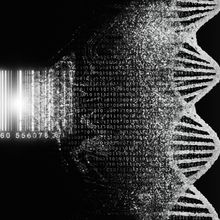
DNA Barcoding: Species Detection and High Throughput Assays
Priyom Bose, PhD | May 17, 2024 | 7 min read
DNA barcoding is a fast sequencing-based technique that scientists use to catalog all life on Earth or perform high throughput bioanalyses.
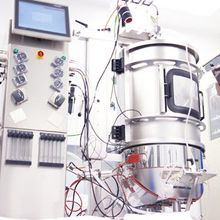
Introduction to Bioprocessing
Amielle Moreno, PhD | May 8, 2024 | 7 min read
Bioprocessing employs the transformative power of biochemistry to drive sustainable production and pharmaceutical development.
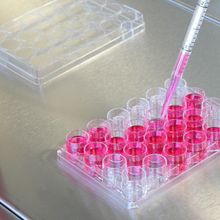
Understanding the 3D Cell Culture Revolution
Rebecca Roberts, PhD | Apr 17, 2024 | 6 min read
3D cell culture techniques closely mimic in vivo conditions, generating more accurate data for disease modeling and drug toxicity testing.

How Cloud Labs and Remote Research Shape Science
Priyom Bose, PhD | Mar 18, 2024 | 6 min read
Remote research via cloud labs makes it possible for scientists to conduct complex experiments from a distance.